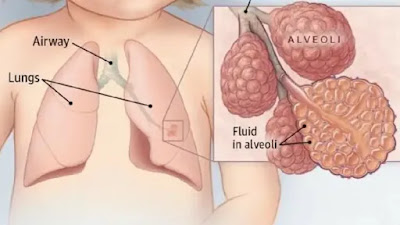Is it feasible to carry out the relevant screening diagnostic, and timely intervention procedures in a population based fashion with existing resources or with resources that could be obtained during the planning period, given sufficient political will.
To answer this question, it is necessary to estimate the
total resources and costs involved in screening ,diagnosis, and effective
intervention. The estimate will be based in part on the direct and indirect
costs of each screening procedure ,multiplied by the estimated number of persons
to be screened . this includes the initial investment required to put in place
the capacity to perform screening ,as well as the recurrent costs of performing
each screening procedure . indirect costs are difficult to calculate ,but
should include at least the costs of the required planning, public education,
and staff training .
Costs also include the costs of definitive diagnosis, based
on the estimated number of people who will have abnormal results on screening ,
and the direct and indirect costs of performing the relevant confirmatory
tests, as well as expenses for transport, record keeping, and communication.
The estimate of the costs of treatment should be based on
the number of persons who are expected to need treatment, and should include
the costs of long-term follow-up activities; such costs may be considerable, a
sin the case of the control of high blood pressure . for many health risks,
such as asymptomatic high blood pressure, short-term intervention at the
individual level is unlikely to be worth while unless it is accompanied by
long-term follow –up ;it is inappropriate to implement blood pressure screening
until such long-term follow-up for those in greatest need can be ensured.
Reaching the population at greatest risk will often depend
on involving members of the populationas active promoters of the effort. the
costs associated with outreach and community involvement are legitimate
component s of a screening budget and should be taken into account in
feasibility studies.
Special costs must be considered in special settings. For
example, the costs of screening and ensuring follow-up for nomadic populations
may greatly exceed those for sedentary populations .in one area of Nepal local
feasibility studies led to the conclusion that the lack of X-ray centers,
qualified technicians , and doctors able to interpret radiographs meant that
tuberculosis case-finding by sputum microscopy, implemented by auxiliary health
workers…[with]…adequate training and long-term support was the most suitable
method for tuberculosis screening .
It must be possible to apply the method in a
population-based fashion; it is not sufficient to offer the detection procedure
and the relevant follow-up measures only to those already receiving care for
other reasons. The service must aim eventually to reach the entire population
at substantial risk; initially, services may be targeted to those at the very
highest risk and later expanded , as resources permit, to those at lower but still significant levels of risk. It is
essential that services should be targeted according to the known distribution of
risk in the entire population and not according to the convenience of health
care providers of the demands of the more privileged sectors of society. Privileged sectors of society. The targeting
of screening services is discussed further in .
It may not be feasible to use screening at a particular time
because of a lack of resources for the proper implementation of the entire
strategy of screening , diagnosis , and timely intervention. However,
consideration of all seven criteria may lead to the conclusion that it would be
highly desirable to implement a given strategy using screening as soon as
possible to address a pressing problem. In this case , measures to achieve the
necessary preconditions within a specified time frame could be considered; the
essential criteria for implementing screening could then be reviewed at a later
date. Other approaches could be used in the meantime or might even be
preferable in the future .

